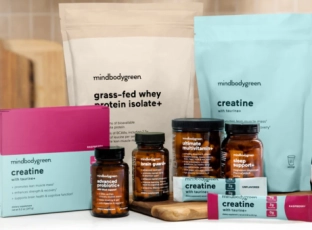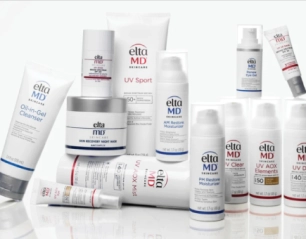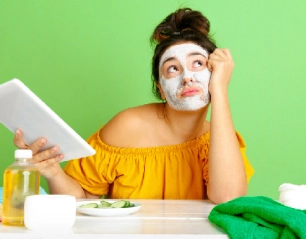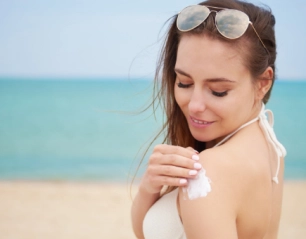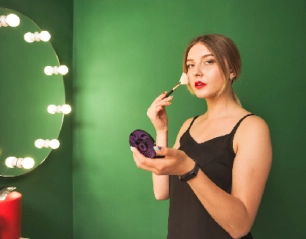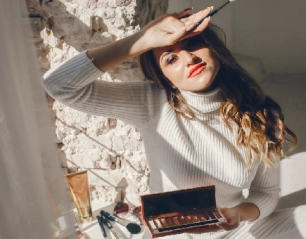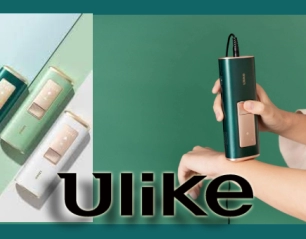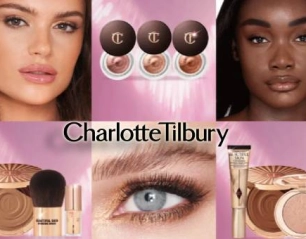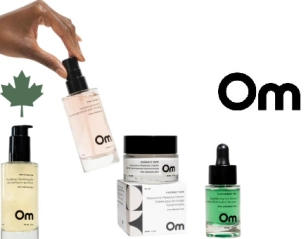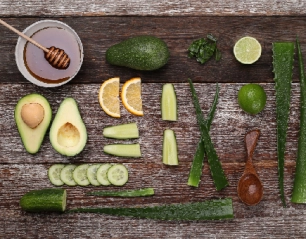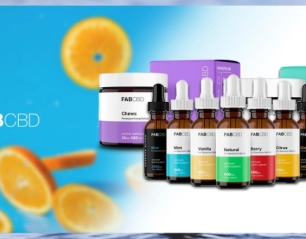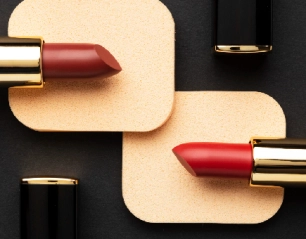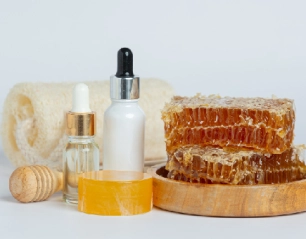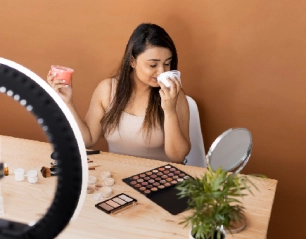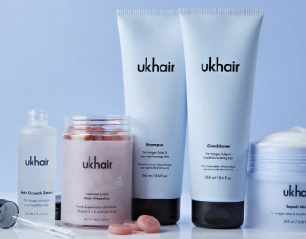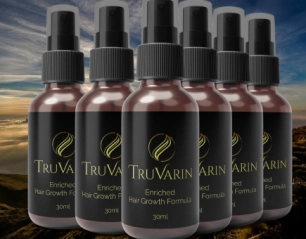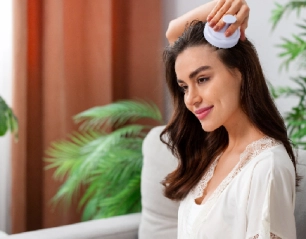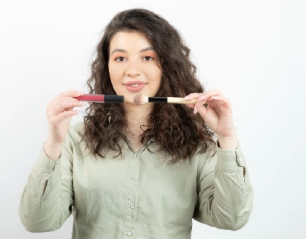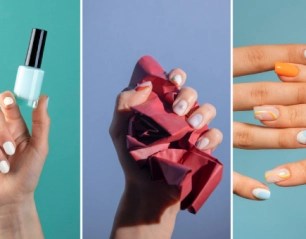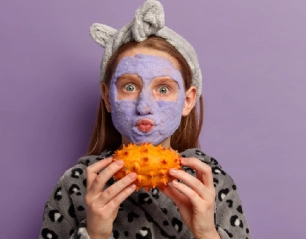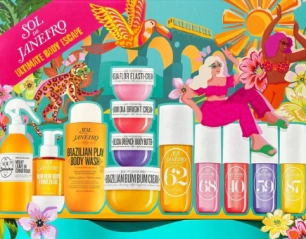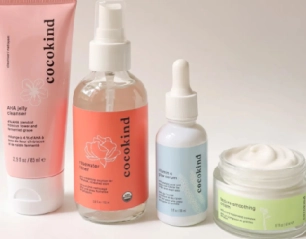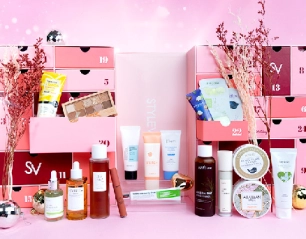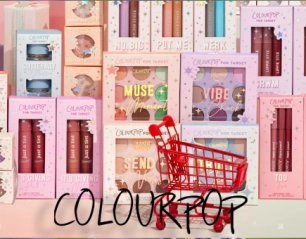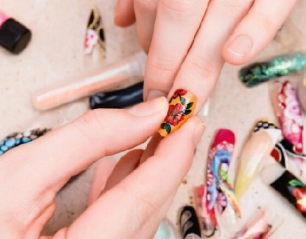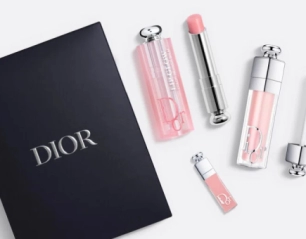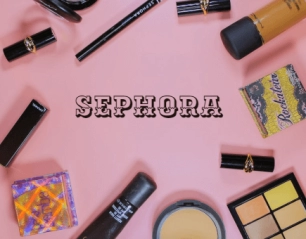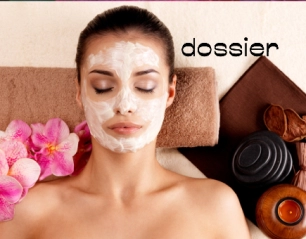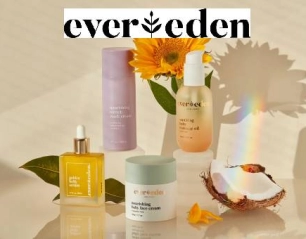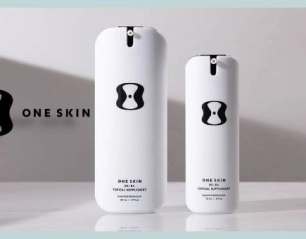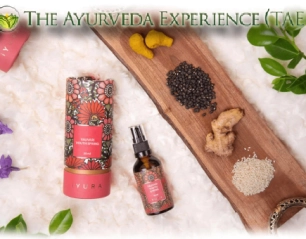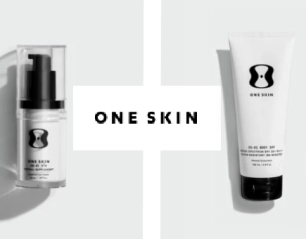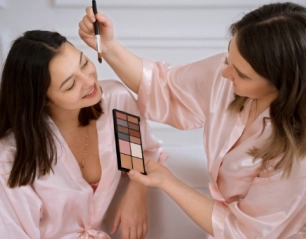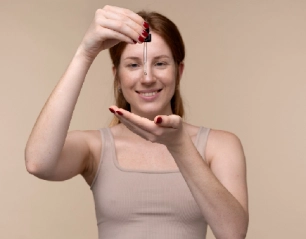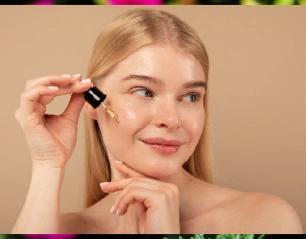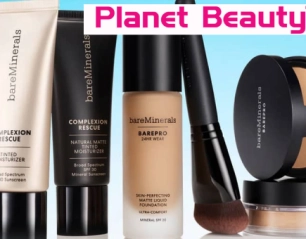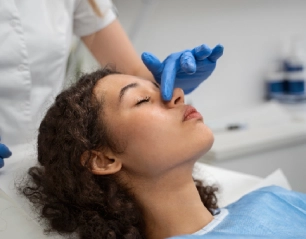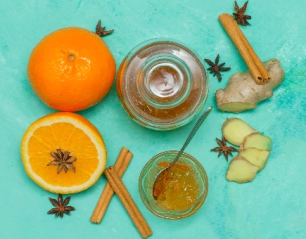Going bare-faced in a world that lavishes the liberating power of makeup might be refreshing and frightening at the same time. Whether you want to take a hiatus from applying products on your skin or you just want to challenge yourself to fully or more than ever unfold your natural beauty, you must put in place preparations that will help maintain healthy and glowing skin. Radiant, smooth skin does not need a lot of makeup, it begins with regular habits and smarter decisions, and a little time. This article contains a step-by-step treatment for getting the best possible skin without the use of makeup.
Learning About Your Skin Type
This is important before you create any routine on skincare because skincare differs across people due to their types of skin types. Skins are unique, that is, two skin types are not the same- they have their manner of how they behave, and react to the products. An example is oily skin which can be treated by products that aid in stabilizing sebum, and dry skin is to be given products with more moisturizing agents. Knowing your skin type will enable you to select products that will help to bring out the natural complexion that suits instead of irritating the skin.
The skin type can be determined through the process of cleaning your face, waiting an hour, and noting the texture of your face. When it fits snugly, then it is dry, and when it is shining everywhere, then you are oily. Combination skin seems to be expressed by a shiny T-zone and dryness elsewhere. Normal skin is said to be balanced and sensitive skins show an easy reaction to any product or environmental stimuli.
Step 1: Good Washing
Any skincare regimen begins with cleansing. A mild cleanser takes away dirt and oil, sweat, and environmental pollutants, but does not take away the natural moisture of the skin. To get healthy skin, it would be ideal that you do the cleansing not only in the morning but also a night before going to bed with a mild and sulfate-free face wash that would depend on what skin type you have.
Foaming or gel cleansers are good on oily or acne-prone skin and thinner cream or oil-based ones are suitable on dry and sensitive skin types. Once you apply the cleanser to your skin, give your skin a massage by using round movements on your face as well as your body some 60 seconds, then rinse it with lukewarm water. Hot water should be prevented from drying and irritating the skin.
Step 2: Exfoliate and Not to the Extreme
Exfoliation will assist in shedding the dead skin cells on the body to have lighter brighter and smoother skin. Nonetheless, excessive exfoliation may cause redness and inflammation as well as weak skin barriers. Plan your exfoliating pattern as per the requirements of your skin and the product to be used.
There are chemical versions of exfoliant scrubs such as AHAs (alpha hydroxy acids) and BHAs (beta hydroxy acids) that are less aggressive and more effective than physical scrubs. AHAs such as glycolic acid are highly recommended for use in dry and sun-damaged skin, whereas BHAs such as salicylic acid on oily and those vulnerable to acne. Use exfoliants before bedtime and finish it off with moisturizer to replace hydration.
Step 3: Tone to Rebalance
The role of toning is to correct the pH of your skin that has been cleansed and to get it ready to absorb more serums and moisturizers. Unlike older formulations which were drying alcohol-based, today's toners are more moisturizing and cooling.
Depending on the skin problem, use toners that contain rose water, chamomile, niacinamide, or witch hazel. Use some on a cotton pad and rub all over your skin lightly, afterwards pat your palms lightly on the areas you want it to absorb. The procedure revives the skin and eradicates any residue that should not be left behind after cleansing.
Step 4: Serum Treatment
Serums are highly condensed remedies, that target the active components at your skin. This is where you go in and focus on particular issues: be it numbness, dark spots, fine lines, or acne.
Serums of vitamin C are brilliant at brightening and evening out the skin tone. The hyaluronic acid draws moisture to swell the skin and niacinamide balances oil and inflammation. Take a couple of drops of serum and put it on clean and toned skin and wait till the serum is entirely absorbed before proceeding to the next procedure.
Step 5: Hydration Moisturize
One should also stay hydrated to achieve a glowing healthy skin. Even oily skin needs moisturizer, but it simply has to be light and non-comedogenic. Moisturizing also locks in all the above processes as well as aids the skin barrier giving it a smooth and resilient type.
Find a moisturizer that will fit my type of skin. Dry or mature skin can be used with creams and balms, whereas the oily and combination skin can be used with gels and lotions. Rub the moisturizer on the skin; however, do not rub it very harshly.
Step 6: Give your Glow the Sunscreen
There is one thing you should never take lightly: sunscreen. Photodamage is the major cause of early aging and hyperpigmentation and even skin cancer. Wearing every day a broad-spectrum sunscreen SPF 30 or more is the best possible method of keeping young and even skin.
Sunscreens using minerals, usually zinc oxide or titanium dioxide, are excellent on sensitive skin but chemical sunscreens are usually lighter and more cosmetically clean. Even when it is cloudy or you are spending all day, use sunscreen as the last thing in your morning routine.
Step 7: Night Time Nutrition
At night, your skin enters repair mode. It is the right moment to employ richer creams, face oils, or other such things as retinol. Retinoids help promote cell turnover, minimizing fine lines, and clearing up pore obstructions but are drying, so make the induction gradual.
Take a look at your lavatory cabinet, and examine whether you have a retinol; otherwise, try facial oils, such as rosehip seed oil or squalane to seal in moisture. Overnight, the skin barrier can also be replenished and texture improved with night creams using peptides or ceramides. Cleansing should always be done before going to bed even when there is no makeup applied to avoid blocked pores by eliminating pollutants.
Step 8: Good Practices That Will Be Seen on the Skin
Living in the world of beauty means you need to stay clear on what you use to topically treat your skin, but it is mostly dependent on your way of life. Taking adequate water, proper diet (with a lot of fruits, vegetables, and healthy oils), 7-8 hours of sleep a night all supplements to achieve healthy looking skin.
Physical exercise enhances the circulation and so your skin benefits as more of what it needs comes into it. Stress management is also critical- stress can cause inflammations and breakouts when long-term. Mindfulness interventions, such as yoga, meditation, journaling, or others, help keep the stress level in check and help your face bear a positive expression of it.
Step 9: Avoid Picking and Touching Your Face
Among the underrated tips for good skin is to avoid touching your face. Singeing of spots may result in scarring and infection and repeated touching of the face gives bacteria and oils which tend to cause pore blocking.
Though the temptation of squeezing that pimple is there, it is good to leave it since it may end up with scarring or even irritation. Rather, apply spot treatments that contain benzoyl peroxide or salicylic acid and leave them on at night. To minimize the risk of bacteria exposure make sure to keep your phone screen and pillowcases clean.
Step 10: Hold on to the Routine
It is all about consistency. The results are not noticeable immediately you make a switch, and in case you start wearing makeup every day, you should expect significant results only after some time has passed. The majority of products give effects in 4-6 weeks of regular usage. It is tempting to replace products too frequently or use whatever new skincare product is trending, but your skin rarely changes so fast.
There will be photos taken of your progress each week and what your skin feels like each week as well. With your growing so-called routine that is comfortable with you, you are going to feel an enhanced texture, brightness, and a much more balanced look.
Loving Your Real Beauty
Removing your makeup does not imply that you should become impeccable, but being proud of what you were born with. Each freckle, scar, or thin line has a story behind it. Instead, the aim should not be pursuing perfection but rather being the most confident and comfortable in one's skin.
Your self-esteem can be enhanced by having self-care routines such as facial massages, masking once a week or just having your skincare as a pleasure. You will start to realize that some things that seemed to be your imperfections are merely states of being.
Conclusion
It is perfectly possible to have your best skin ever without makeup, once you implement a systematic routine, pampering your skin. Whether it is you investigating your skin type, learning to hydrate, protecting your skin against the sun, implementing healthier habits, or all of these, every move is critical in bringing out the natural beauty in you. The road towards clear, bare-skinned skin is not a question of covering up but a matter of showing the real beauty of yourself.
Must read this: Why Planet Beauty Is Every Skincare Lover’s Dream Destination
Frequently Asked Questions (FAQs)
On average, most skin care products require results within 4 to 6 weeks based on the status of your skin and the duration of usage.
Yes. When you stop wearing makeup and instead embark on the right skin care regimen aimed at eliminating acne, you can do your skin a favor because it will clear the pores.
Yes, definitely. UVA rays can also penetrate the windows and make their way to your skin even inside houses and speed up the aging process. Using sunscreen protection daily will save your skin no matter the place you go.
Was this helpful?






